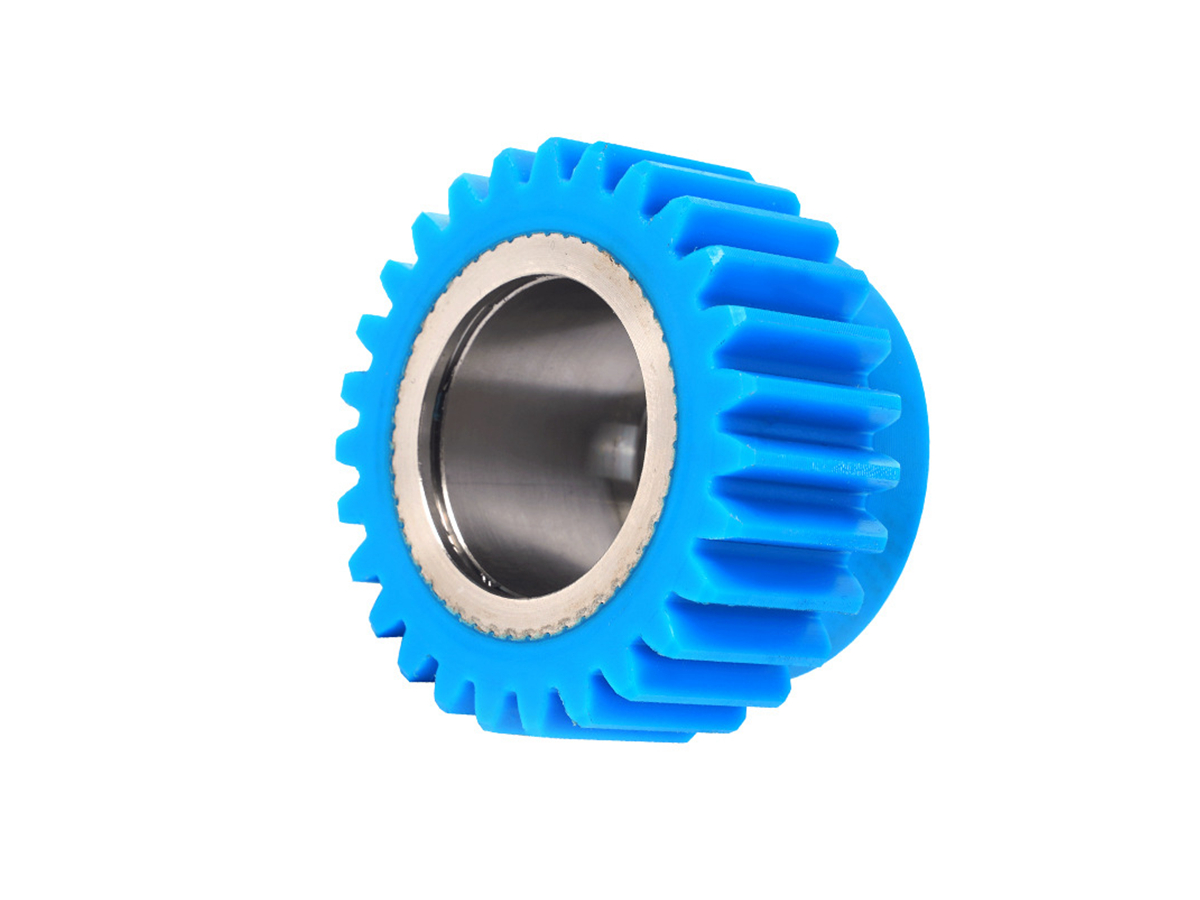Plastic and Ceramic CNC Boring: A Case Study in Lightweight, Precision Parts for Robotics
Advancing Robotics Through Material Innovation
Robotic systems demand components that combine extreme precision with minimal mass. CNC boring services enable ±0.005mm tolerances in engineering plastics and advanced ceramics, reducing actuator inertia by 40-60% compared to metal alternatives. PEEK and alumina ceramics now constitute 35% of collaborative robot joints due to their <1% thermal expansion and EMI shielding properties.
The rise of cobots and surgical robots has driven demand for multi-axis CNC machining in non-metallic materials. From PEEK spinal actuators to silicon nitride sensor housings, precision boring achieves Ra 0.4μm surfaces critical for vacuum-compatible parts under ISO 14644-1 cleanroom standards.
Material Selection: Optimizing for Dynamic Loads
Material | Key Metrics | Robotics Applications | Limitations |
|---|---|---|---|
90 MPa UTS, 250°C continuous use | Surgical robot gears, drone armatures | Requires cryogenic machining to prevent melting | |
300 MPa UTS, 15 GPa hardness | Laser guidance bearings, vacuum chucks | Brittle fracture risk in impact zones | |
70 MPa UTS, 0.2% moisture absorption | Conveyor system rollers, gripper jaws | Limited to <100°C operating temperatures | |
850 MPa UTS, 6.0×10⁻⁶/°C CTE | High-speed spindle bearings | 3x higher machining cost vs. alumina |
Material Selection Protocol
High-Temperature Actuators
Rationale: PEEK maintains 90% tensile strength at 200°C, which is ideal for sterilizable surgical robots. Post-machining PEEK annealing reduces residual stresses by 70%.
EMI-Sensitive Environments
Logic: Alumina’s 10¹⁴ Ω·cm resistivity prevents signal interference in MRI-guided robots.
CNC Boring Process Optimization
Process | Technical Specifications | Robotics Applications | Advantages |
|---|---|---|---|
0.5-3mm bore, ±0.002mm tolerance | Microfluidic valve ports | Eliminates post-process honing | |
5-axis simultaneous, 0.005mm positional | Robotic wrist joints | 60° compound angle capability | |
40 kHz vibration, Ra 0.2μm | Ceramic bearing races | Reduces tool wear by 80% | |
-196°C LN₂ cooling, 0.01mm TIR | PEEK harmonic drive components | Prevents polymer deformation |
Process Strategy for Cobot Joint Manufacturing
Rough Boring: Diamond-coated tools remove 85% of material at 200 m/min in silicon nitride.
Thermal Stabilization: 1,200°C sintering for 4h to achieve final density.
Finish Boring: Ultrasonic-assisted boring achieves Ra 0.1μm in 5mm bores.
Surface Treatment: DLC coating was applied for 0.05 friction coefficient.
Surface Engineering: Enhancing Functional Performance
Treatment | Technical Parameters | Robotics Benefits | Standards |
|---|---|---|---|
20μm depth, 0.05mm line width | Tactile sensor grid patterning | ISO 9013 | |
Al₂O₃-13%TiO₂, 0.15mm thickness | Abrasion-resistant gripper surfaces | ASTM C633 | |
Ag-filled epoxy, 10⁻³ Ω·cm | ESD protection for PCB manipulators | IEC 61340-5-1 | |
110° contact angle, 5nm thickness | Cleanroom-compatible surfaces | ISO 14644-1 |
Coating Selection Logic
Food Handling Robots
Solution: FDA-compliant PTFE coating reduces bacterial adhesion by 90%.
Space Robotics
Method: Gold plating on alumina ensures 0.8 emissivity for thermal control.
Quality Control: Robotics-Grade Validation
Stage | Critical Parameters | Methodology | Equipment | Standards |
|---|---|---|---|---|
Dimensional Metrology | 0.002mm bore cylindricity | White-light interferometry | Alicona InfiniteFocus G5 | ISO 1101 |
Material Purity | <50ppm metallic contaminants | GD-MS analysis | Thermo Fisher Element GD | ASTM E1251 |
Surface Resistivity | 10⁶-10⁹ Ω/sq for ESD protection | Four-point probe measurement | Keithley 2450 | ANSI/ESD S20.20 |
Cycle Testing | 10⁸ operations @ 5Hz | Servo-controlled test rig | Instron E10000 | ISO 9283 |
Certifications:
ISO 13485 for medical robotics components.
IEC 62133 for battery-operated service robots.
Industry Applications
Surgical Robots: PEEK forceps jaws with ultrasonic boring (±0.003mm).
Autonomous Drones: Alumina IMU housings + laser etching.
Industrial Arms: Silicon nitride bearings with DLC coating.
Conclusion
Precision robotics CNC boring services enable 60% weight reduction in dynamic systems while maintaining ISO 9283 path repeatability. Integrated one-stop manufacturing reduces development cycles by 45% for cobot OEMs.
FAQ
Why choose PEEK over aluminum in cobot joints?
How does ultrasonic boring improve ceramic surface finish?
What coatings prevent ESD in PCB-handling robots?
Can alumina components withstand high-impact loads?
How to validate cleanroom compatibility for surgical robots?

